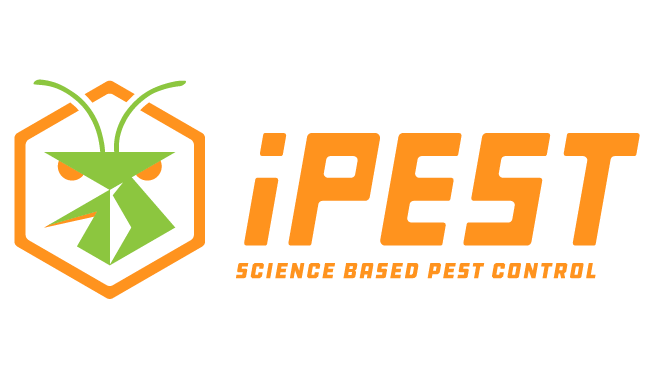Facts & Identification Information
Termites are often called the “silent destroyer” because they may be secretly hiding and thriving in your home or yard without any immediate signs of damage. All termites consume cellulose-based plant materials. Unfortunately, all homes, regardless of their construction type, can provide cellulose food for termite infestation.
Termite Scientific Name
There are three major types of termites found in the United States: subterranean, drywood, and dampwood. They all belong to the phylum Arthropoda, the class Insecta, and the order Isoptera. There are over 2,000 different species, which all have distinct scientific names.
Three of the more common home-invading termite species are Eastern subterranean termites, Pacific dampwood termites, and Southeastern drywood termites. Their scientific names are Reticulitermes flavipes, Zootermopsis angusticollis, and Incisitermes snyderi, respectively.
Appearance
Termites range from 1/4 to 1/2 an inch in length. The queens and kings are larger, capable of reaching over one inch long. The workers are typically soft-bodied and pale-colored. Flying termites, also called reproductives, have two pairs of prominent wings. Learn more about what a termite looks like.
Diet
Termites are detritivores, or detritus feeders. They feed on dead plants and trees. Termites get nutrients from cellulose, an organic fiber found in wood and plant matter. Wood makes up the majority of the pests’ diet, although termites also eat other materials such as paper, plastic, and drywall. Most species prefer dead wood, but some termites feed on living trees.
Each type of termite has its own dietary preferences. Subterranean termites prefer softwoods, but may invade most species of wood. Dampwood termites generally stay close to the ground, but will choose moist, decaying wood anywhere it is found. Drywood termites are often found in attics and require little moisture in the wood they eat.
A termite’s mouth is capable of tearing pieces of woody material. This ability is what causes concern in human dwellings: while termite workers only measure approximately 1 cm to a few millimeters in length, their feeding habits are capable of causing costly damage to property. House foundations, furniture, shelves and even books are all possible feeding sites for termites. Read more about what termites eat.
Subterranean Termites

